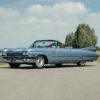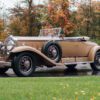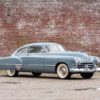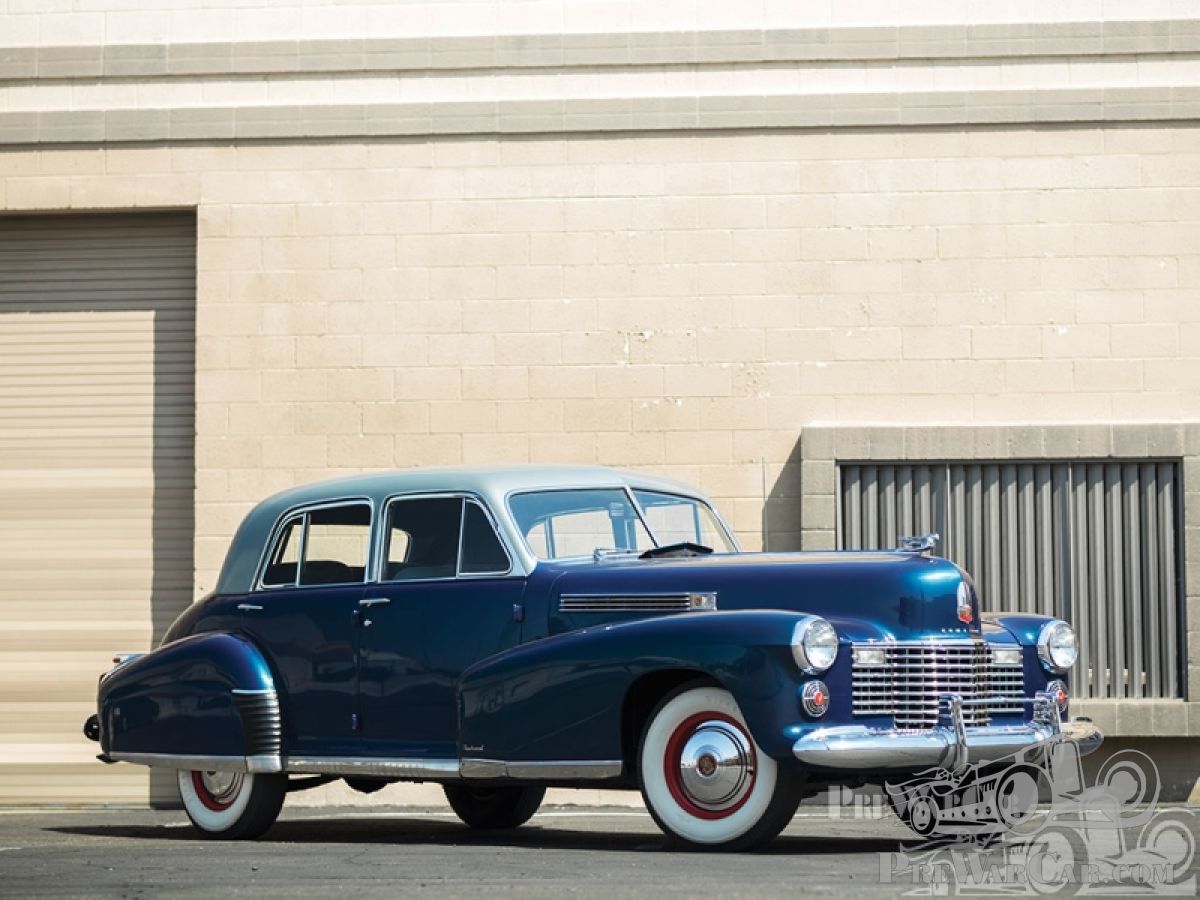Cadillac Models & History Page Three 1941

The1938-41 Sixty-Special was unquestionably a design tour de force, but we shouldn’t forget its performance, which was — and still is — just as impressive. Beginning in 1937, Cadillac had settled on the 5.678 Liter version of the monobloc V-8 for all its eight-cylinder models except LaSalle. Rated at 135 horsepower at 3400 rpm, the 5.678 Liter engine had five more horses than the 1935 V-8 and 10 more than the one-year-only 5.276 Liter monobloc. The Sixty-Special arrived weighing only some 105 kg more than a comparable 1938 Series 60 sedan, so its power-to-weight ratio was less than 14 kg per horsepower, quite good for the period.

1941 Cadillac Sixty-Special Convertible
By contrast, that year’s Packard Super Eight — which, incidentally, cost $700 more than the Special — carried nearly 16 kg per horsepower. The 5.678 Liter engine continued without change until 1941, when higher compression pushed output to 150 bhp, more than enough to offset the restyled Special’s slight weight gain. Thus, Cadillac’s posh “compact” was a good performer as well as a styling leader, as rewarding to drive as it was pleasing to look at.

1941 Cadillac Interior
The durable monobloc V-8 would go to war, powering the U.S. Army’s M-5 and M-24 tanks that would mean so much to the Allies. Hydra-Matic, an exclusive Cadillac option new for ’41, also saw action in these tanks. Engineer Harry Barr would later recall that the transmission was very serviceable right from the start, and the improvements resulting from four years of military service would make the postwar versions even better.
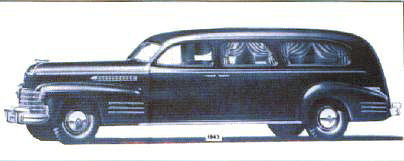
1941 Cadillac Hearse
Even as the winds of war were blowing, Cadillac was preparing to phase out the Sixty-Special, at least as Mitchell had originally conceived it. To be sure, the 1942 lineup had a model bearing that designation, but it was of another breed. Replacing the distinctively styled 1938-41 design with its unique bodyshell was simply a stretched, though beautifully finished, version of the Series 62 four-door, utilizing the massive new C-body that Cadillac shared with Buick and Olds. There was nothing wrong with that, of course. The Sixty-Special of that abbreviated model year was as impressive as ever, as indeed it would be in the postwar era. But it was no longer quite so “special,” a difference that has not been lost on today’s collectors. While a fully restored ’41 now brings around $23,000 — perhaps $1000 more if it happens to have a sunroof — the ’42 is worth no more than $10,000 in comparable condition and the postwar continuations go for even less.
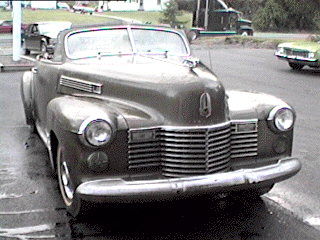
1941 Cadillac Convertible
The Sixty-Special became even less special in the Fifties and Sixties. Usually it was just a Series 62 or DeVille four-door with more ornate exterior trim and interior furnishings, though it did retain the exclusive 3378mm wheelbase adopted for 1942 all the way through 1958. Even the name was progressively watered down, and it disappeared completely in favor of the Fleetwood Brougham label with the advent of Cadillac’s first downsized big cars for 1977. But the original Sixty-Special and its sporting, slightly raffish character would never be forgotten on Clark Avenue. As Mitchell himself suggests, its spiritual descendant is today’s Seville, the enormously successful compact Cadillac, introduced in 1975.
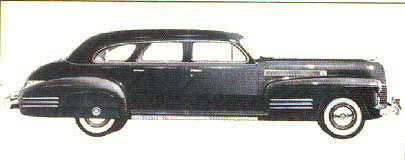
1941 Cadillac Sixty-Special
So the Sixty-Special and its great heritage lives on, in current Cadillacs and in the many 1938-41 originals lovingly preserved by their proud owners. The undeniable influence of its design — and the inspired hand of its designer — can be seen in most of the better-looking automobiles produced over the last 40-odd years, and that’s as it should be. As the last sentence of Cadillac’s oft-quoted 1914 “Penalty of Leadership” ad reminds us: “That which deserves to live — lives.”


